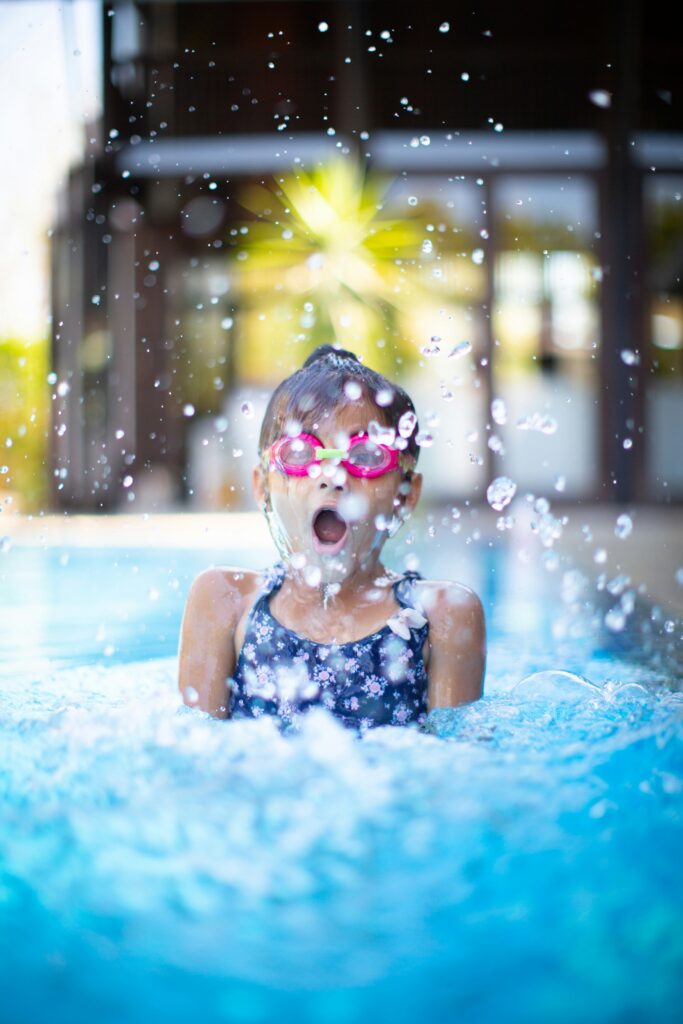Swimming is not just a fun and enjoyable activity; it’s also an essential life skill. Teaching kids to swim at a young age can help ensure their safety and encourage a healthy lifestyle. Here are some steps to prepare your children for swimming lessons:

1. Introduce Water at a Young Age
Start by getting your child comfortable with water. This can be as simple as playing in a shallow kiddie pool, taking baths, or running through a sprinkler. The key is to make these experiences fun and stress-free according to mjswimacademy.com.
2. Safety First
Before starting any water activities, teach your child basic water safety. This includes not going near water without an adult, understanding the importance of life jackets, and learning how to call for help in emergencies.
3. Choose the Right Swimming Program
Look for a swimming program that is age-appropriate and matches your child’s comfort level with water. A good program will have certified instructors, a safe environment, and a curriculum that focuses on both swimming skills and water safety.
4. Visit the Pool Together

Before the lessons start, take your child to the swimming pool. Let them observe others swimming and become familiar with the pool’s environment. This can help reduce any anxiety or fear they may have.
5. Equip Them Properly
Ensure your child has the right swimming gear, including a comfortable swimsuit, goggles, and a swimming cap if necessary. Proper equipment can help your child feel more confident and comfortable in the water.
6. Instill Confidence
Encourage your child and build their confidence. Focus on the progress they’re making, no matter how small. Avoid showing any anxiety you might feel, as children can pick up on these emotions.
7. Teach Them Breathing Techniques
Breathing is a key component of swimming. Teach your child to blow bubbles in the water and practice holding their breath. These skills are fundamental for swimming and can be practiced in a bathtub or shallow pool.
8. Use Water Toys and Games
Incorporate toys and games in the water to make learning more enjoyable. This can also help in developing swimming skills like kicking, floating, and moving in the water.
9. Consistency is Key
Regular visits to the pool for practice can make a significant difference. Consistency helps in reinforcing what they learn and makes swimming a familiar activity.
10. Be Patient and Supportive
Learning to swim can be challenging. Be patient and offer constant support. Celebrate their achievements, no matter how small, and reassure them through any setbacks.
Conclusion
Preparing your child for swimming lessons is about building comfort, confidence, and safety awareness around water. With the right approach, swimming can be a delightful and beneficial skill that your child enjoys and cherishes for life. Remember, every child learns at their own pace, so tailor your approach to fit your child’s individual needs and progress.


